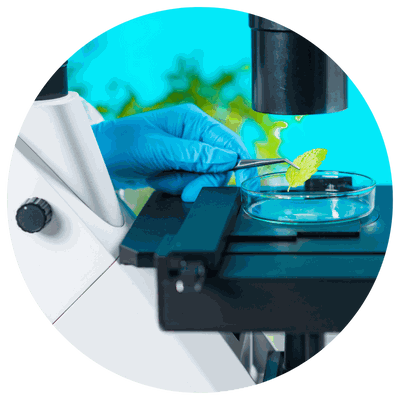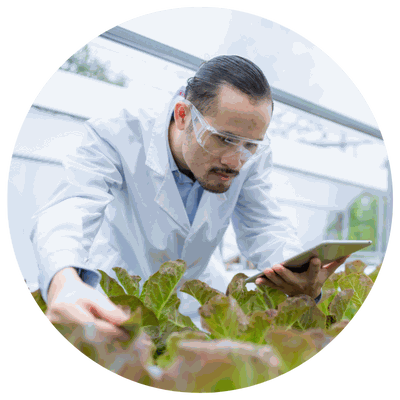Plant protein mechanism incorporated in bacteria to analyze proteins in greater detail
March 29, 2023 | Biotechnology
Observing chloroplast proteins in finer detail and finding solutions to improve their function has been an objective that is already 50 years in the making. This goal was achieved by a team from the Australian National University (ANU) where they modified the protein folding properties of bacteria with the addition of multiple chloroplast components from plants.
Introducing the desired changes in tuning up Rubisco activity in crops can then be successfully done by gene editing. Whitney was confident that they will be able to see benefits in photosynthetic performance and its subsequent impact on plant growth and yield.
Back To Top

